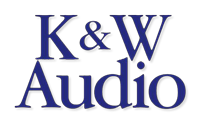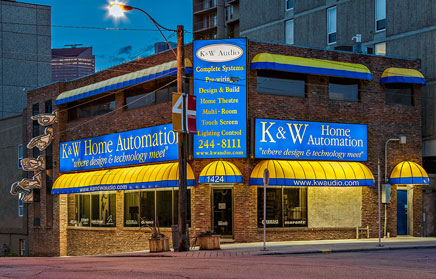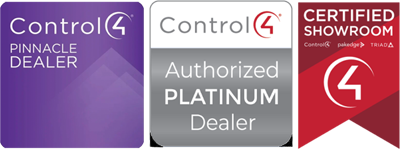Tip #46:
So, your latest purchase is a fancy new remote control and the manual says it can do everything except make your memories of your high school prom enjoyable. This is great. You can now sit down with the 5 or 6 remotes you currently own, and your new learning remote, ready to make magic happen. You try to dive in and just do it, but quickly figure out that the manual will actually have to come out of its factory seal. Dang! After reading just a few pages of the manual, your head starts to swim: all these new terms, pre-programmed sequences and macro’s, toggle and discrete commands. Help!!!
The first thing to do is determine the type of remote control you have – either a multi brand, or learning remote, or both. The multibrand remote is the simplest form of universal remote. It has the codes for many different items already stored within it. In order to have this type of remote operate your particular components all that is required is that you determine (via the manual) the proper 3-digit code assigned to each of the components you wish to operate from the remote. Inputting the proper code, per the manual’s instructions will net complete control over the components you choose.
There are some drawbacks however. The main one is that these remotes generally have thousands of item codes stored within them, and your particular item may not overlay on the stock buttons just right. Channel up and down may be located awkwardly; Guide and Menu may be reversed, and PIP may not even be there. These sorts of drawbacks are common, but the big benefit is the ability to programme audio/video components into the unit in a short time.
Learning remotes allow us to take the stock remote that comes with a component, and “learn” a button push that can be transferred to a specific button on the learning remote. Many learning remotes are also multi-brand. These are generally more sophisticated than a straight multi-brand but it won’t be up and operating in 5 minutes. You have to program it. This is a good thing and a bad thing. It allows you to get the menu and guide right, and to put those channel buttons where they should be, but it takes some time, and (our first revealed secret here) PLANNING.
After familiarizing yourself with the manual, it is time to PLAN. This step is overlooked by most people, and ends up creating more work in the end. If your remote is both pre-programmed and learning, try the pre-programmed pages first. Sit down and test the pages, making note of any quirks that stand out. Always ask – Does this button function as expected when pushed? A ‘No’ answer means that button needs to be re-programmed. Sit down with a pen and paper, write down the buttons that need to be programmed correctly, and determine what the command should be.
Above the notes you made earlier, list the units that you intend the remote to learn across the page: CD, DVD, SAT, etc.,. Under each heading list the controls you use and want to use on the new remote. Always start with Power, then on to Play, Stop, FF, Rew, etc. If the remote has Macro capability, create headings for each of the macro buttons across the page as you did with CD, DVD etc. Below each macro button describe the function you want it to perform (watch DVD, Listen to CD, System Off, etc.). Now under each of these headings, list the commands needed to create the macro. For example, under Watch DVD the functions could be: Power On TV, Power On Receiver, Power On DVD, TV switch to Video1, Receiver Select DVD input, Receiver Select DD 5.1, DVD play.
We now have a template programming for programming. With learning remotes it is important not to deviate from this plan during the programming process. That is to say, if you did not think of Display as being a particularly important button for TV functions, but noticed it on the remote while programming, don’t add it in, stick with the original plan. After programming the individual buttons on the remote, take some time to sit down and ensure that each and every button works. Re-program the one or two that didn’t “take” the first time around. The individual pages are now programmed.
Macro programming takes place after programming the individual unit pages on most learning remotes. Test each macro after this initial stage. You will find that things are not perfect. Perhaps the DVD dos not go into Play because it waits a few seconds to accept a signal, but the macro presses Play immediately after the Power command. Or perhaps the TV requires an anchor command (meaning a command that starts the product from the same state each time) to reliably go to Video 1 every time. The plan of attack in any case is to hone the remote from the initial programmed stage to a perfect single remote as defined by the documentation you first created.
As the program is modified and honed it is important not to cross anything off the original wish list. However, do note the changes in order; this will be invaluable two days down the road when you have forgotten how your remote sequencing evolved. This system of creating a plan, programming to the plan, then noting the enhancement changes in sequence, will save a lot of time. It will also create a manual, and provide documentation for future reference. Best of all, you will truly be in command.


